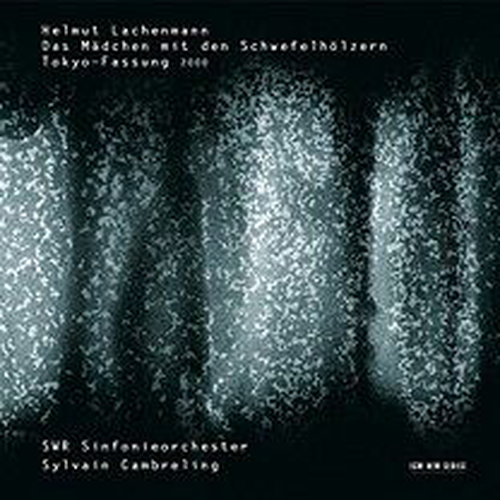
Das Mädchen mit den Schwefelhölzern
Concertante recording of Helmut Lachenmann’s groundbreaking opera, and the first to feature the revised version, the so-called “Tokyo-Fassung” which the composer now regards as definitive. The opera, while loosely based on Hans Christian Anderson’s fairytale is not a work that admits of a single “meaning”, its plotline is multiple and diffuse, but an undercurrent of social criticism is implied as Lachenmann views the pauper (The Little Match Girl), the terrorist (Gudrun Ensslin)and the visionary artist (Da Vinci) all as outsiders, figures on the fringes of society, driven to the margins by circumstances and by society’s coldness, and, in consequence, playing with fire in their responses. Coldness, figuratively and literally, is one of the opera’s subjects. Extreme cold and burning desire, as attitudes and conditions, counterpoint each other in the music. The action evolves through the suggestibility of the sounds which Lachenmann deploys like ...



